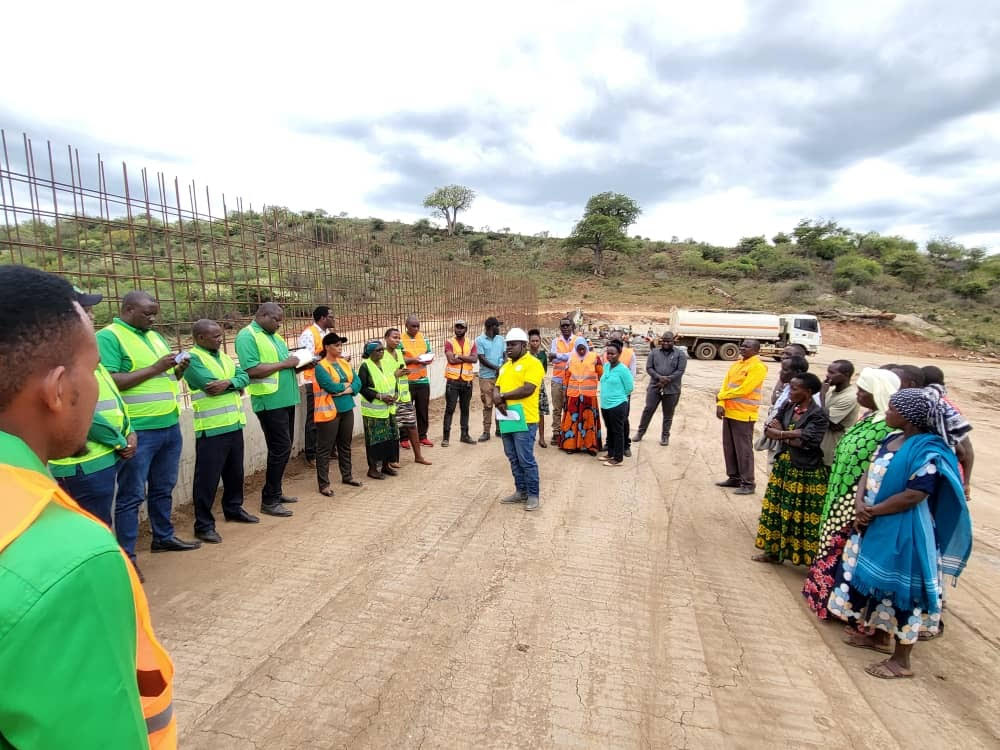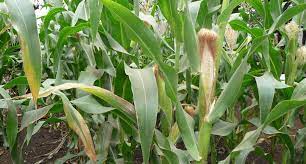Manitoba Farmer Champions Soil Health at 2024 Camrose Conference
Joe Gardiner Advocates for Regenerative Practices to Revitalize Agriculture
Camrose, AB — At the 2024 Introduction to Soil Health Conference in Camrose, a gathering enriched by the insights of experts from Understanding Ag, Joe Gardiner, a seasoned farmer from Clearwater, Manitoba, captivated attendees with his compelling narrative on shifting paradigms in agriculture towards regenerative practices. Gardiner’s farming journey underscores a growing movement among farmers to implement sustainable and economically viable agricultural practices.
Revitalizing Soil without Synthetics
Opening his talk, Gardiner immediately addressed the often unquestioned reliance on synthetic inputs in farming. “A healthy functioning soil,” he declared, “has no need for synthetic fertilizers or inputs because everything we need for life or for plant growth already exists.” His statement set the tone for a discussion centered on leveraging the natural potential of soil systems.
Fostering Community and Change
Highlighting the transformative power of community, Gardiner recalled his early days attending agricultural conferences, underscoring the importance of building networks. “The best thing that I did was walk around and shake people’s hands, talk to people at the table, and start building a network and a community,” he shared, reflecting on how these interactions enriched his understanding and implementation of soil health principles.
Economic Realities and the Push for Change
One of Gardiner’s most impactful moments came when he presented stark data reflecting the economic challenges in conventional farming. He pointed out, “For every dollar invested in farming, the return has been merely two pennies over the years.” This economic insight underpinned his call for a systemic shift towards more sustainable agricultural practices that preserve the environment and enhance farmer livelihoods.
Understanding Soil Biology and Plant Interactions
Central to Gardiner’s philosophy is a deep appreciation for the symbiotic relationships in nature, particularly between plants and soil biology. “Plants and soil microbes interact beneficially; microbes help plants access nutrients that are otherwise bound in the soil,” he explained. This interaction is crucial for reducing reliance on chemical inputs by increasing the efficiency of natural processes.
Practical Steps and Real-World Application
Gardiner didn’t just theorize about regenerative agriculture; he shared concrete examples from his farm. After meeting pioneers like Gabe Brown and delving into regenerative techniques, Gardiner revamped his farming approach to include cover crops, no-till systems, and livestock integration—each contributing to improved soil health. “We made a switch about ten years ago; we went full soil health regenerative,” Gardiner stated, emphasizing the gradual but profound impact of these changes on his land.
Challenges and Learning Curves
Transitioning wasn’t without challenges. Gardiner candidly discussed the learning curves, like dealing with drought and rethinking crop and livestock management to adapt to new practices. He stressed that while change is daunting, the status quo in agriculture is unsustainable. “Change is scary and hard, but how much longer can we keep doing this?” he posed to the audience, challenging them to consider the long-term viability of their farming practices.
Technological Integration and Future Directions
Looking ahead, Gardiner sees technology playing a pivotal role in regenerative agriculture. He discussed how tools like FieldView mapping have helped him monitor and adjust his practices more precisely. “Technology allows us to see in real time what’s working and what isn’t, which helps us make better decisions on the farm,” he noted.
Concluding Thoughts
Wrapping up his talk, Gardiner left the audience with a message of hope and urgency. “We are at a tipping point in agriculture. The choices we make today will determine the kind of farming future we create for the next generation,” he concluded, a statement that resonated deeply with the attendees.
Reflections from Attendees
Attendees like Keegan Kautzky, a fellow farmer and participant, reflected on the significance of Gardiner’s message. “Joe’s perspective is a wake-up call for many of us. It’s about understanding that we can do things differently, and perhaps more importantly, that we should,” Kautzky remarked after the session.
Implications for the Broader Agricultural Community
The implications of Gardiner’s insights at the Camrose conference are far-reaching, offering a blueprint for other farmers contemplating the shift towards more sustainable practices. His approach—grounded in community, data, and a respect for natural systems—provides a viable path forward for those in the agricultural sector seeking resilience against environmental and economic pressures.
In summary, Joe Gardiner’s presentation at the 2024 Camrose Soil Health Conference not only highlighted the practicalities and benefits of regenerative agriculture but also ignited a conversation about the future of farming in a changing world. His call to rethink agricultural practices in favor of a more integrated and sustainable approach has the potential to influence farming methodologies well beyond the borders of Manitoba.
Key Takeaways from Joe Gardiner’s Presentation:
- Rejecting Synthetic Inputs: Gardiner emphasized the potential of healthy soil to obviate the need for synthetic fertilizers. He argued that the necessary nutrients for plant growth already exist within the soil, underlining the importance of fostering a natural balance supporting plant growth and soil vitality.
- Community and Networking: Stressing the benefits of community engagement, Gardiner highlighted how his early experiences at agricultural conferences were pivotal in shaping his approach to farming. Networking with like-minded individuals provided him support and knowledge crucial in transitioning to soil health-focused practices.
- Economic and Environmental Challenges in Agriculture: Gardiner presented data illustrating the minimal financial returns on investments in conventional farming, pointing out the discouraging economic landscape for young farmers. This set the stage for his advocacy of a systemic change towards regenerative agricultural practices.
- The Role of Soil Biology: A significant portion of Gardiner’s talk was dedicated to understanding soil biology’s critical role in nutrient cycling. He discussed how plants and soil microbes interact symbiotically. Plants convert atmospheric carbon into vital nutrients through photosynthesis, subsequently feeding these to soil microbes, which in return help plants access soil-bound nutrients.
- Practical Insights and Farmer Experiences: Sharing his own switch to regenerative practices, Gardiner recounted the introduction of cover crops, no-till systems, and the strategic use of livestock to enhance soil health. According to him, these practices improve the sustainability of the farm ecosystem and potentially increase farm profitability.
- Challenges and Innovations: Gardiner did not shy away from discussing the challenges faced during his transition, including dealing with droughts and adjusting crop mixes to optimize both yield and soil health. He also touched on the use of technology in monitoring farm conditions and making informed decisions.


